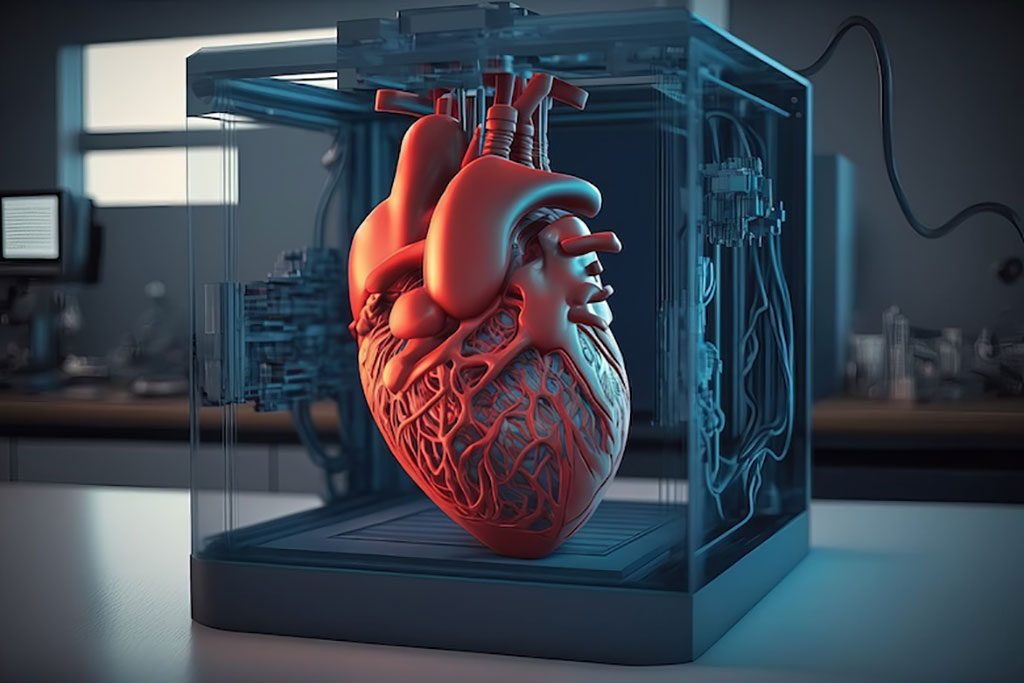3D Printed Heart Models Could Enable Non-Invasive Diagnosis of Aortic Stenosis
Posted on 11 Apr 2023
Aortic stenosis is a condition characterized by calcified and thickened aortic heart valves, which impede blood flow. Existing methods for assessing the severity of aortic stenosis, like Doppler echocardiography, can be prone to uncontrolled errors and often necessitate invasive pressure measurements for patients. No, aortic flow phantoms could provide a potential solution to this issue.
Researchers at King’s College London (KCL, London, UK) have made progress in utilizing 3D printed heart models (phantoms) to simulate and investigate aortic stenosis. Computer modeling and 3D printing of aortic flow phantoms present an alternative to in vivo studies, which are associated with challenges in patient recruitment and potential procedural risks. In contrast, the simulated option allows for greater variations in blood pressure flow and drop. The researchers created a non-invasive technique for evaluating pressure recovery distance based on blood flow momentum using 4D Flow cardiovascular magnetic resonance (CMR). Their findings revealed that pressure recovery distances in aortic stenosis are longer than previously recognized, indicating a need to reevaluate currently adopted interventional practices.

Furthermore, the researchers developed and successfully tested a flow phantom compatible with MRI and ultrasound, which accurately simulates valve opening and closing in both healthy and diseased conditions and offers ground-truth pressure measurement. The team's findings suggest that the peak-to-peak pressure drop, a current metric for assessing the burden of aortic stenosis, may be influenced by factors unrelated to the valve, such as wave reflection, and should be reexamined in clinical practice.
“By developing valve models that behave like real human valves, new techniques which more accurately characterize the severity of disease can be developed and improved without disrupting patients' care,” said Harminder Gill, BM BCh.
“The decision on how and when to treat stenotic valves is complex and the diagnostic tools typically used in clinical routine have barely evolved during the past 50 years,” explained Joao Filipe Fernandes, PhD, Marie Skłodowska-Curie Early Stage Researcher in Personalized in-Silico Cardiology. “Thus, advances in the study of aortic stenosis patho-physiology are essential to provide a more comprehensive characterization of this condition. The non-invasive assessment of the pressure recovery distance allows the detection of invasive catheterization errors as well as understanding the vessel length required for hemodynamic homeostasis to be reached.”
“These advances will enable us to take well informed decision on the best balance between drugs and surgeries for people living with valve conditions,” added Prof. Pablo Lamata, Head of Cardiac Modeling and Imaging Biomarkers Group.
Related Links:
King’s College London














